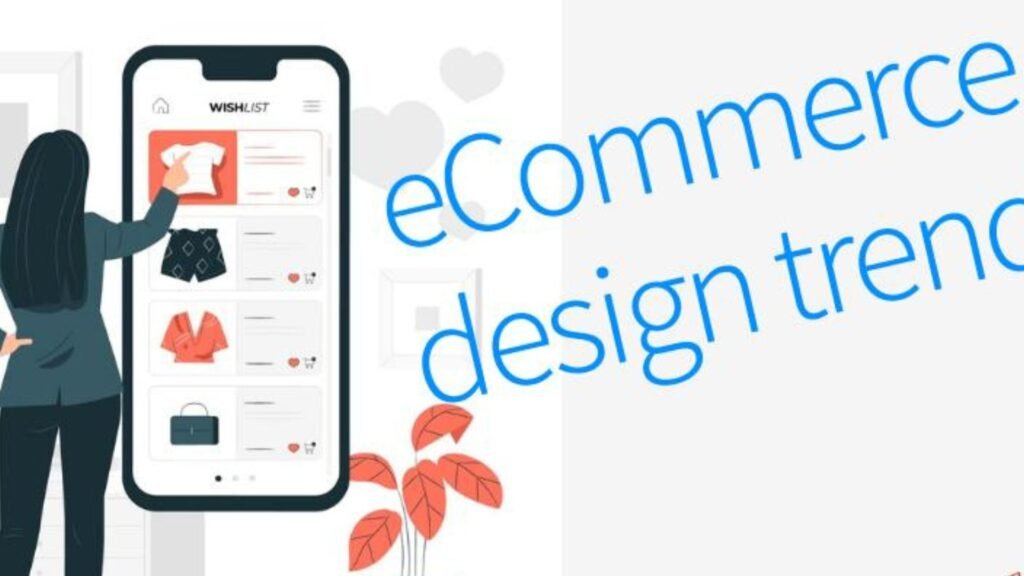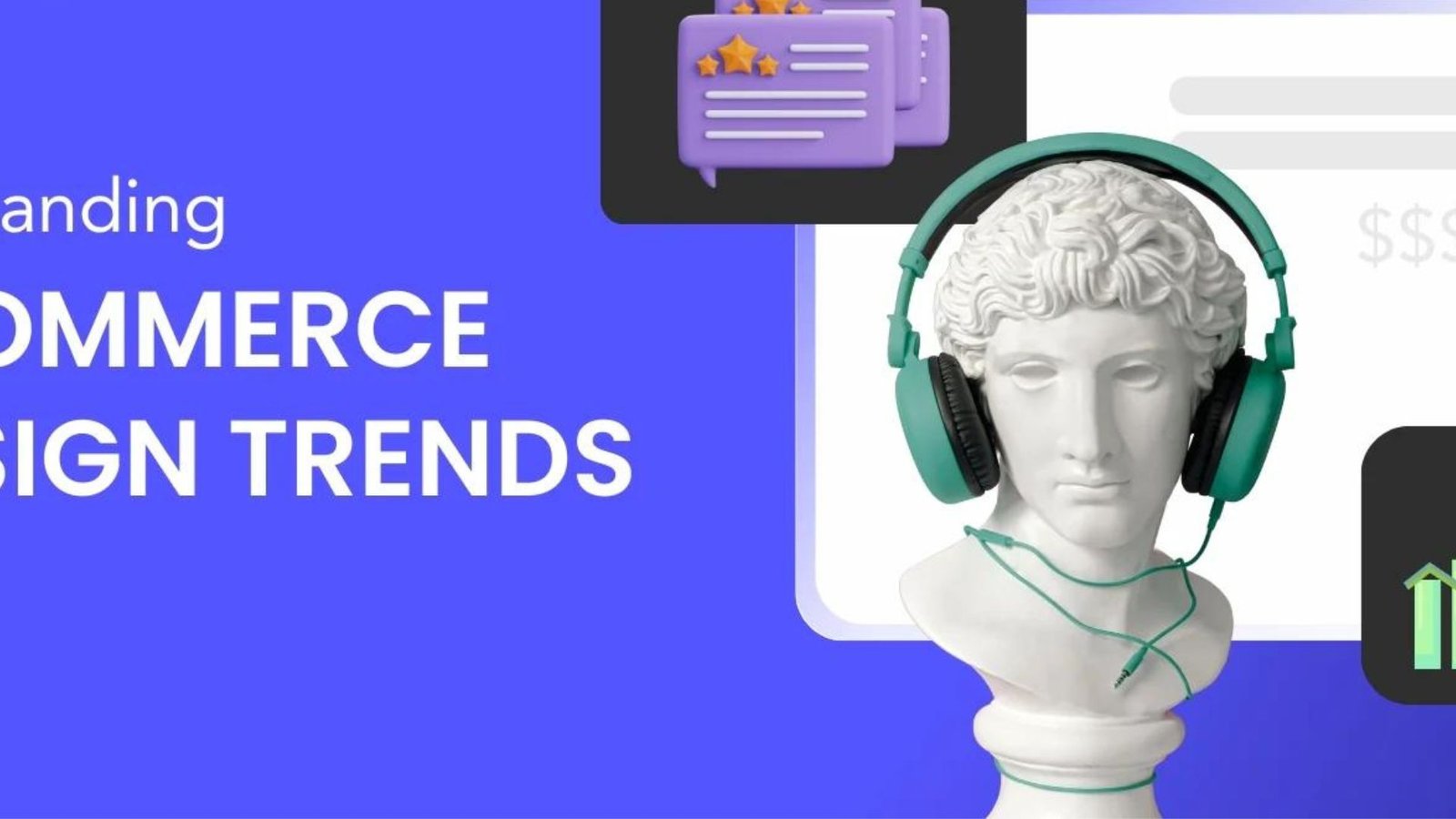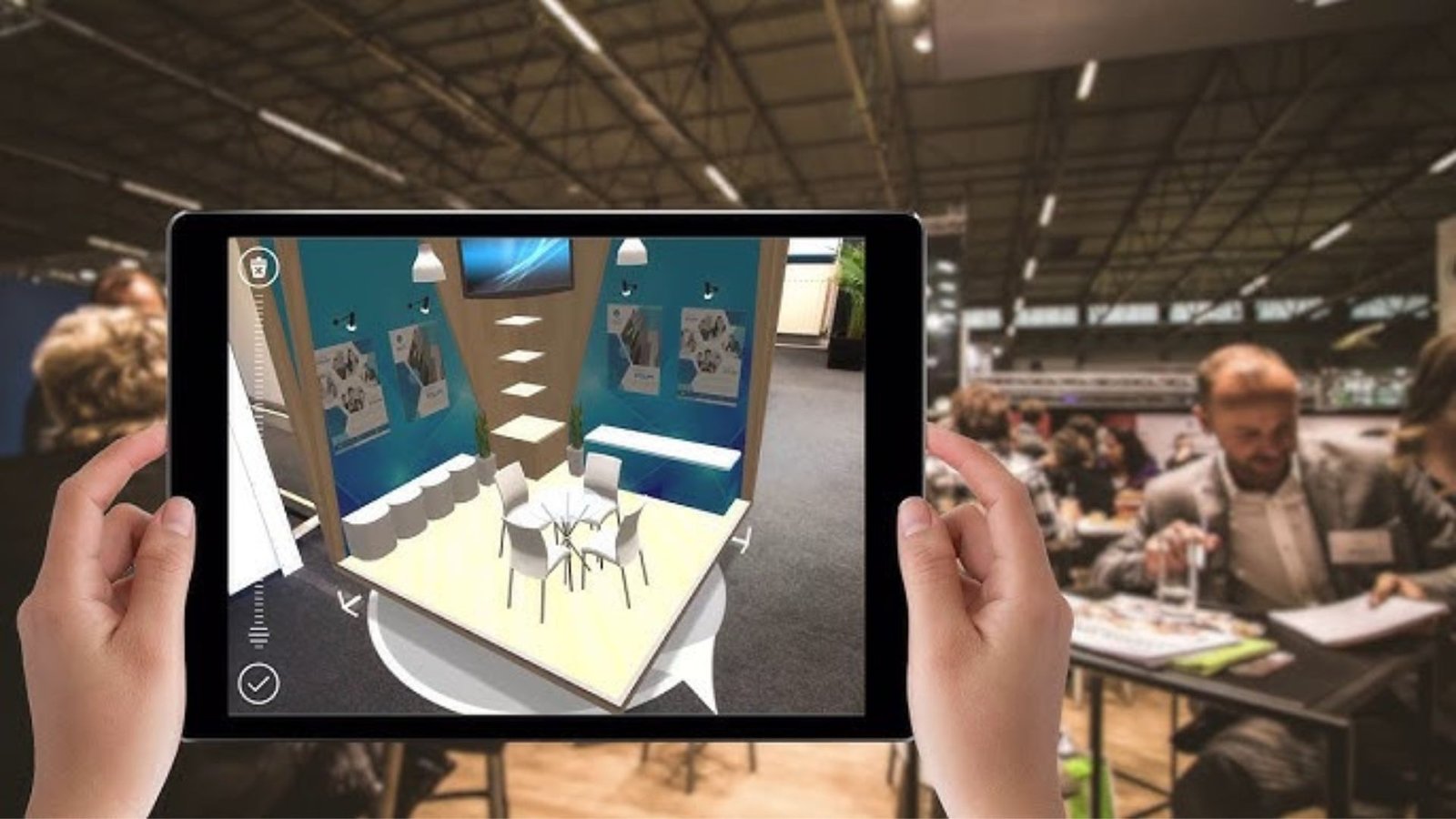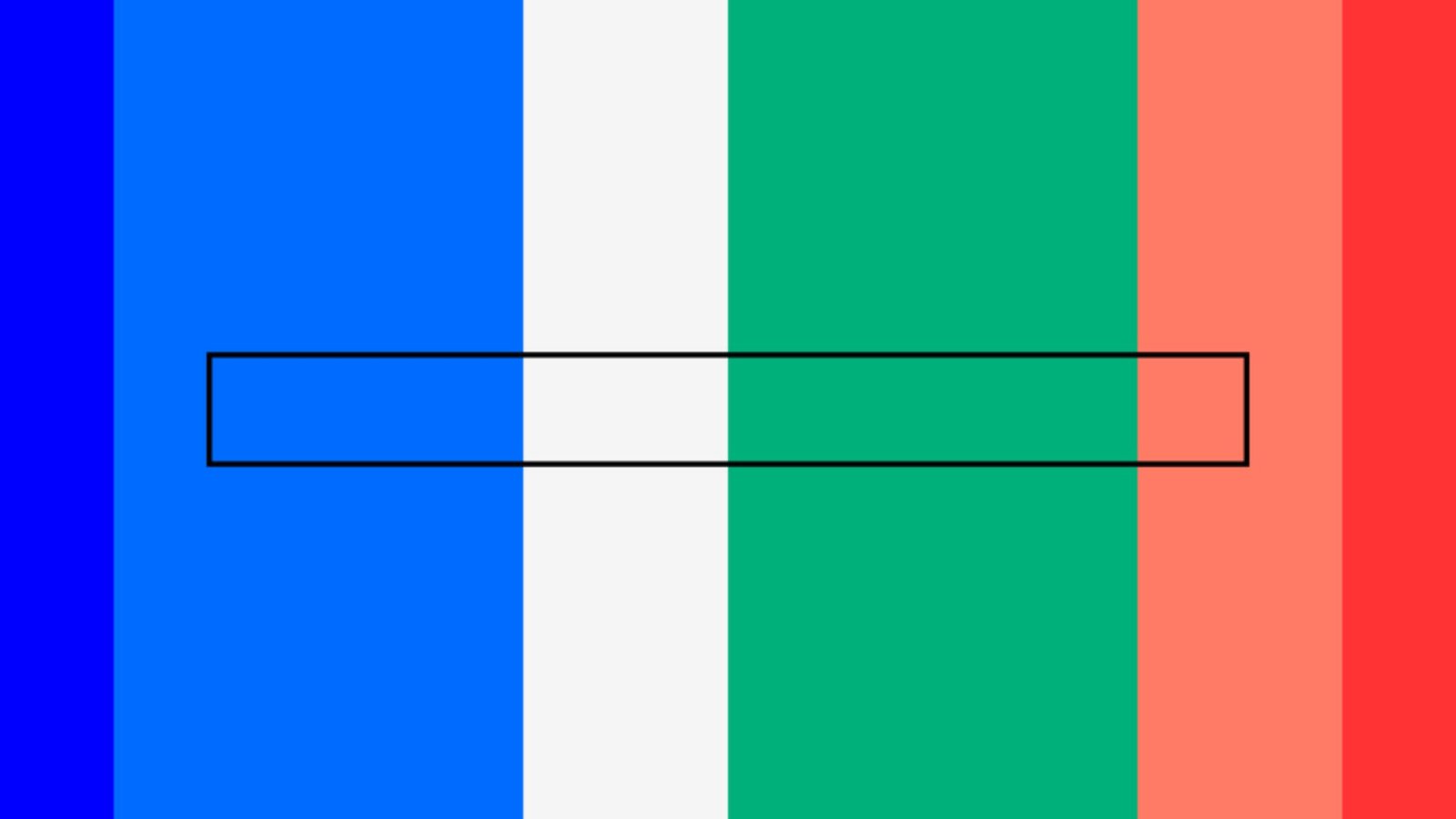Visual design plays a pivotal role in the success of e-commerce websites. With increasing competition in the online marketplace, having an attractive and user-friendly design is essential for capturing and retaining customers. In this blog post, we’ll explore the latest trends in visual design for e-commerce websites, focusing on how these trends can improve user experience and drive sales.

Embracing Minimalist Design
Firstly, minimalist design is a trend that continues to shape e-commerce websites. Minimalism focuses on simplicity and functionality by using clean lines, ample white space, and a limited color palette. This approach helps users navigate the site more easily and find what they need without distraction. By avoiding clutter and emphasizing essential elements, such as product images and call-to-action buttons, minimalist design creates a more pleasant and efficient shopping experience.
High-Quality Product Imagery
Moreover, high-quality product imagery is crucial for e-commerce websites. Clear, detailed images help customers get a better understanding of the products they are considering. Many e-commerce sites now use 360-degree product views and zoom-in features to give customers a closer look at the items. Lifestyle images, which show products in use, can also enhance the shopping experience by helping customers visualize how the products fit into their lives.
Customizable and Interactive Features
Customizable and interactive features are becoming increasingly popular in e-commerce design. These features allow users to interact with products in real-time, such as choosing colors or sizes and seeing how different options look. Interactive product demos and virtual try-ons are also gaining traction, as they provide an engaging way for customers to experience products before making a purchase. These features not only improve user experience but also help increase conversion rates.
Focus on Mobile Optimization
Additionally, mobile optimization is essential for e-commerce websites. With the growing number of people shopping on smartphones and tablets, having a design that works well on mobile devices is crucial. Responsive design ensures that your website adjusts seamlessly to different screen sizes, while touch-friendly navigation makes it easy for users to browse and shop using their mobile devices. A smooth and intuitive mobile experience can significantly boost customer satisfaction and sales.
Incorporating AI and Personalization
Artificial Intelligence (AI) and personalization are transforming e-commerce design. AI-driven tools can analyze user behavior and preferences to deliver personalized recommendations and tailored shopping experiences. For example, personalized product suggestions based on previous purchases or browsing history can increase the likelihood of a sale. Chatbots and virtual assistants powered by AI can also enhance customer service by providing instant support and answering queries.
Use of Vibrant Colors and Bold Typography
Furthermore, the use of vibrant colors and bold typography is a growing trend in e-commerce design. Bright, eye-catching colors can draw attention to important elements, such as sales and promotions, while bold typography can make key messages stand out. This approach helps create a visually engaging experience that captures users’ attention and encourages them to take action.
Enhancing Trust with Reviews and Ratings
Reviews and ratings are critical for building trust and credibility in e-commerce. Displaying customer reviews and ratings prominently on product pages helps users make informed decisions and increases their confidence in the products they are considering. Many e-commerce sites now include features such as review filters, customer photos, and detailed ratings to provide a more comprehensive view of product quality and customer satisfaction.
Streamlining the Checkout Process
Lastly, streamlining the checkout process is essential for reducing cart abandonment and improving the overall shopping experience. A simple and intuitive checkout design with clear steps and minimal distractions helps users complete their purchases more efficiently. Guest checkout options, auto-fill forms, and multiple payment methods can also enhance convenience and encourage customers to finalize their transactions.
Conclusion
In conclusion, staying up-to-date with trends in visual design is crucial for creating effective e-commerce websites. Embracing minimalist design, high-quality imagery, interactive features, and mobile optimization can greatly enhance user experience and drive sales. Incorporating AI-driven personalization, vibrant colors, bold typography, and streamlined checkouts will help create a more engaging and efficient shopping experience. By implementing these trends, e-commerce websites can attract and retain customers, ultimately leading to greater success in the competitive online marketplace.




